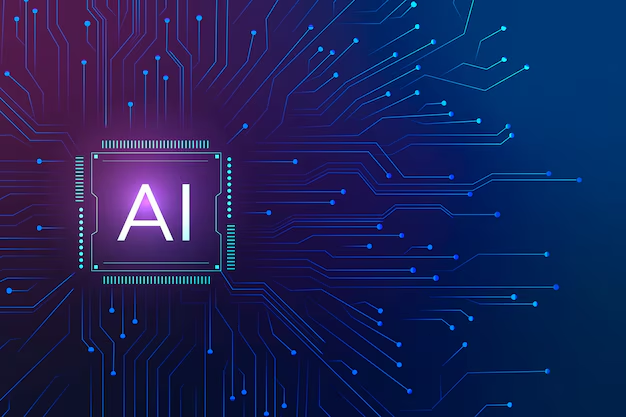What is Retrieval-Augmented Generation (RAG)?
Retrieval-Augmented Generation (RAG) is a hybrid AI technique that enhances the output of generative models by integrating real-time information retrieval. Instead of relying solely on pre-trained knowledge, RAG enables AI to fetch relevant external data before generating a response.
Key Components of RAG:
- Retrieval System: Fetches relevant information from a knowledge base, documents, or the web.
- Language Model (Generator): Uses retrieved data to generate accurate and coherent responses.
- Fusion Mechanism: Merges retrieved information with generative capabilities for more context-aware outputs.
How Does RAG Work?
- User Query: The AI model receives a user input or question.
- Document Retrieval: The system searches external sources (e.g., databases, APIs, or knowledge graphs) for relevant information.
- Contextual Fusion: The retrieved data is integrated into the LLM to enhance its response.
- Response Generation: The AI generates a well-informed answer using both pre-trained knowledge and the retrieved data.
Why is RAG Important?
RAG is a game-changer in AI-driven applications. Here are some key reasons why it stands out:
-
- 1. Overcoming Knowledge Cutoff
>
Traditional LLMs have a knowledge cutoff date, meaning they cannot provide real-time information. RAG allows AI to fetch up-to-date data, making it more relevant and reliable.- Enhancing Accuracy and Trustworthiness.
By integrating external knowledge sources, RAG significantly reduces hallucinations (i.e., AI-generated misinformation). This is particularly important for legal, medical, and financial AI applications. - Improving Scalability and Efficiency
Since RAG retrieves only relevant data when needed, it minimizes the need for constantly fine-tuning models with new datasets. This reduces computational costs while maintaining accuracy. - Domain-Specific Expertise
RAG enables AI to specialize in specific industries, like healthcare, customer support, and education, by retrieving knowledge from curated sources rather than relying on generic training data.
- Enhancing Accuracy and Trustworthiness.
- 1. Overcoming Knowledge Cutoff
Real-World Applications of RAG
-
- AI Chatbots & Virtual Assistants
RAG-powered chatbots provide more precise responses by retrieving company-specific FAQs, manuals, or recent news.Virtual assistants like legal AI bots can fetch updated laws and policies before answering legal queries. - Scientific Research & Healthcare
AI models assist medical professionals by retrieving the latest research papers before generating diagnostic suggestions.Healthcare chatbots can fetch updated disease treatment guidelines before responding to patients. - E-Commerce & Customer Support
AI-powered shopping assistants can retrieve product specifications, reviews, and latest deals before recommending a product to customers.
Customer service bots can provide real-time support based on knowledge base documents and customer history. - Content Creation & Journalism
RAG allows AI writers to access recent news, industry trends, and citations before generating articles, blogs, and reports.
- AI Chatbots & Virtual Assistants
